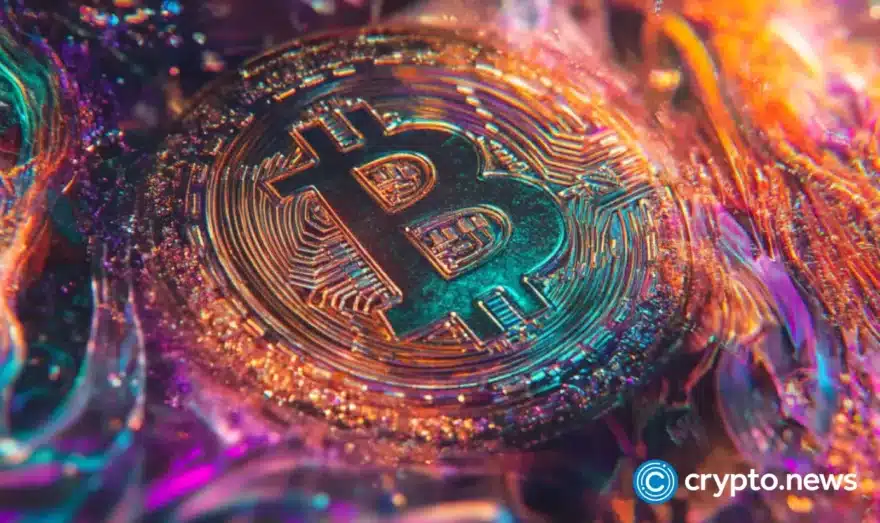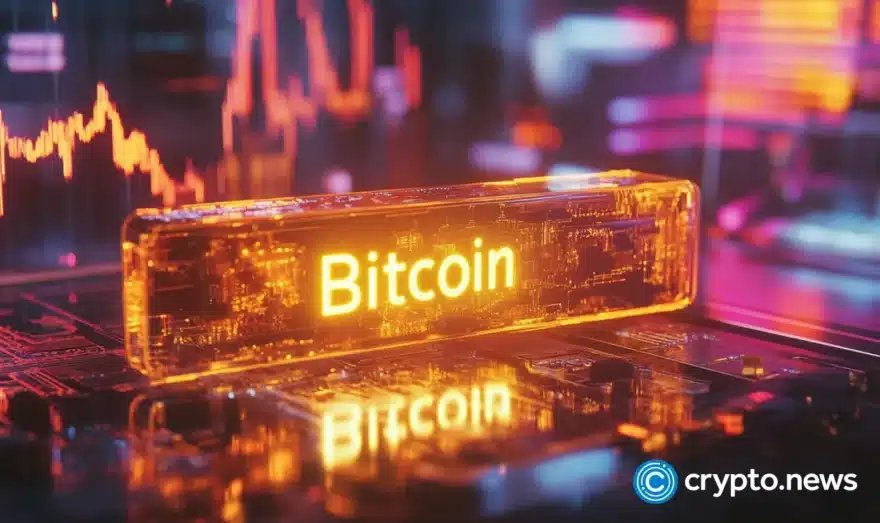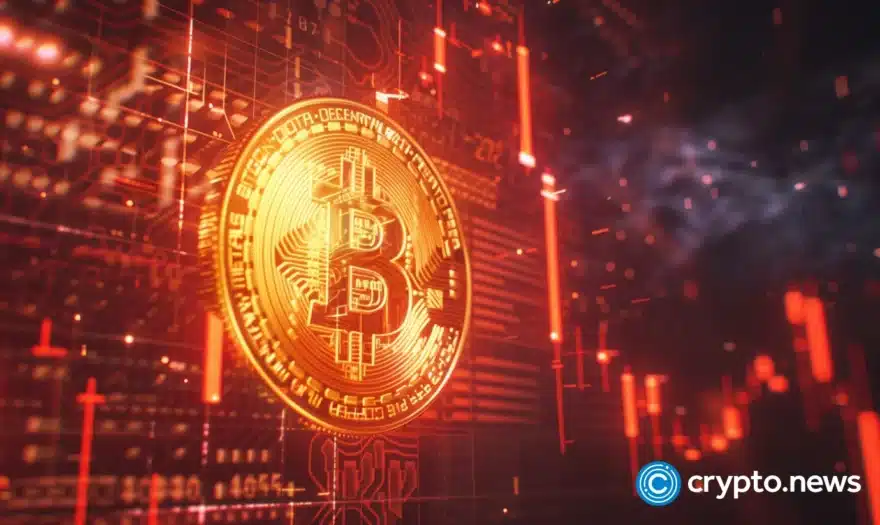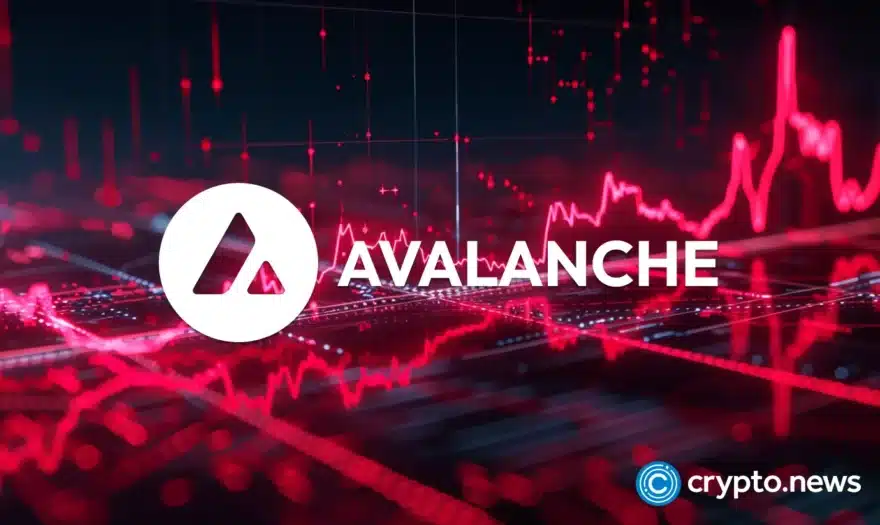Avalanche Network daily transactions grow by 85% in Q4 2022
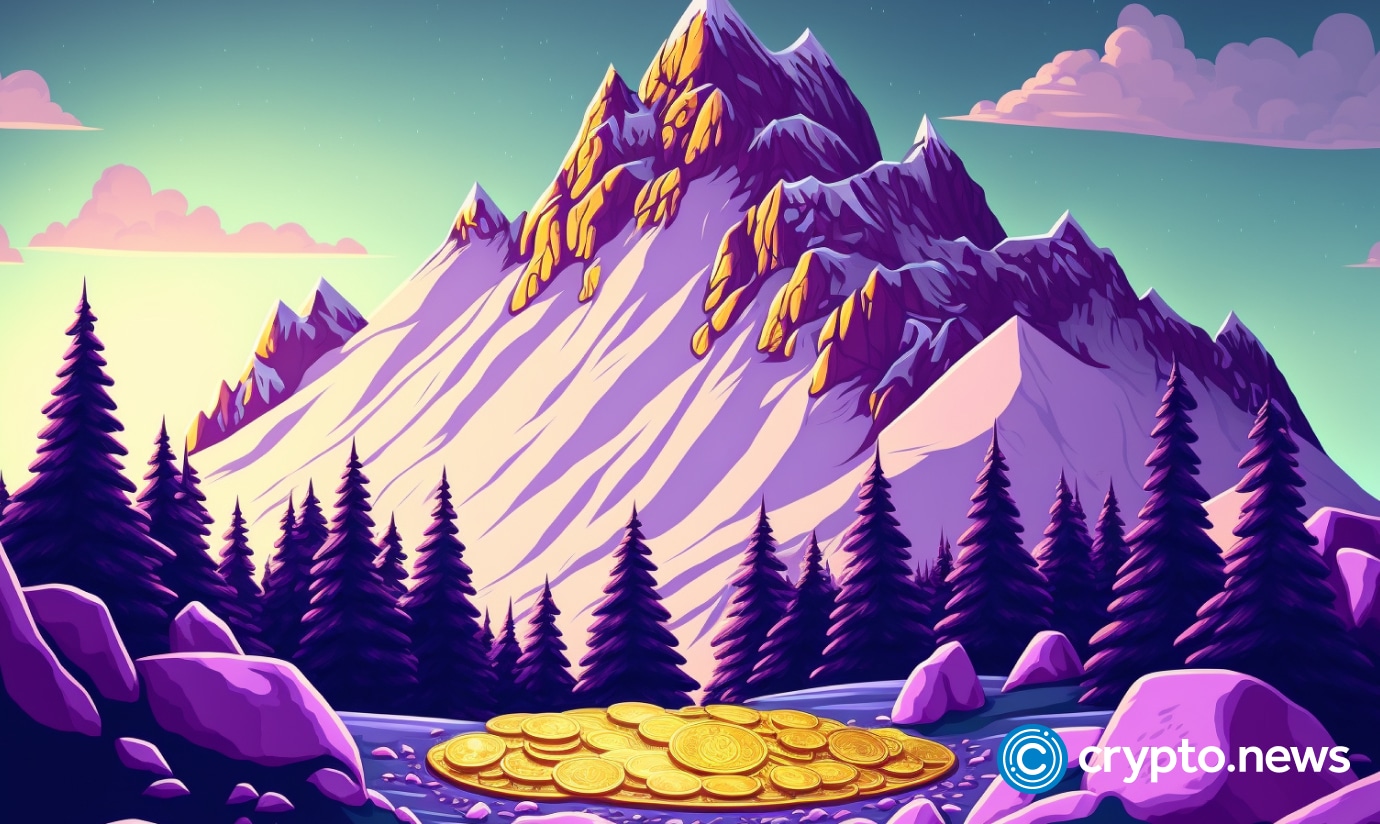
It looks like 2023 is off to an excellent start for AVAX, the native token of Avalanche Network, which has seen a surge since the beginning of the year.
Data shows that from Jan. 1, when it was trading at $10.67, the token shot up to its 90-day high of $21.68 on Jan. 28, representing a 103% gain. However, as of Feb. 1, AVAX was trading at $19.32, down 10.88% from its peak.
The recent Messari report on Avalanche Network’s fourth-quarter performance provides a comprehensive view of the network’s progress.
Despite the alleged involvement with FTX and turbulent price action, the report reveals that the network and ecosystem are growing and remain strong. Here are some of the highlights.
Network and financial overview
Q4 marked some incredible growth for the Avalanche network. Despite initial roadblocks caused by FTX, the data for the Primary Network (includes P, X, and C- Chains) plus the seven Avalanche Subnets showed some impressive numbers.
Average active daily addresses reached 48,023 in Q4, a 3.2% increase from Q3, while average daily transactions were an incredible 2,881,207, skyrocketing a whopping 84.6% from the previous quarter.
There was a significant increase in transactions per second, too, rising from 18 in Q3 to 33 in Q4. Moreover, an even more impressive result was seen in the average transaction cost – which fell a considerable 26.8% from $0.14 in Q3 to $0. 10 in Q4.
Also, despite the turbulence caused by the FTX collapse, daily active addresses on the C-Chain experienced a spike in October due to a surge in NFT minting.
While daily active addresses remained stable, the Avalanche network continued to see a surge in average daily transactions, closing the year with around 2.9 million transactions per day.
When looking at the market performance of Avalanche Network and its AVAX token, there’s been a clear divergence between the current P/S (price-to-sales) ratio and what we’re accustomed to seeing.
In the first quarter of 2022, the P/S ratio was 91x, skyrocketing to 846x in Q4 2022, indicating that the network and token may be significantly overvalued compared to their historical levels.
However, traditional P/S ratios may not be the best gauge to evaluate blockchain assets. Enter the Expected Demand for Security Model—a novel approach to value blockchain assets. This model posits that the overall security demand, both current and future, is what drives the value in a blockchain network.
Despite the highly high P/S ratio, the fully diluted market cap of AVAX has seen a significant dip. From a peak of $73.1bn in the fourth quarter of 2022, the market cap has plummeted 89.3% to just $7.8bn in the fourth quarter of 2022.
Now, it’ll be interesting to see how the future of this network unfolds with such a radically different approach to blockchain asset valuation.
Avalanche Network ecosystem overview
For Avalanche’s ecosystem, the fourth quarter of 2022 presented a tumultuous environment due to a shift in market sentiment and decreased incentive programs.
As such, TVL (total-value-locked) declined significantly; in USD, the decline was a staggering 92%, while the decline in AVAX was not as steep, only decreasing by 25.5% year-over-year. This data indicates that the decrease in TVL when denominated in USD is more dependent on the decline of AVAX than the utilization of crypto assets in DeFi (decentralized finance).
Furthermore, the decline in TVL was not localized to DeFi, but also Avalanche’s nascent NFT market. Secondary sales volume took a plunge of 18.4%, the decline in unique buyers reached 39.3%, and the number of unique sellers increased by 10.6%.
But even with the downtrend, Avalanche still showed signs of progress in the NFT sector. For example, Joepegs, an NFT marketplace launched during the second quarter of 2022, secured a $5 million-dollar deal led by Avalanche and FTX Ventures, despite the latter’s implosion.
This investment allowed for the expansion of Joepegs, granting them the opportunity to cooperate with merchants, projects, and artists.
OpenSea also opened its doors to Avalanche, allowing them full access to the NFT market. So even though the fourth quarter of 2022 presented various challenges to Avalanche’s economic ecosystem, their latest developments are a promising glimpse into their ecosystem and future.
Staking and decentralization overview
Developer engagement on the Avalanche network is yet to catch up with the rest of the ecosystem’s developments, as evidenced by a 23.7% decrease in unique smart contract verifications quarter-over-quarter and an even more significant decline of 59% year-over-year.
Despite steadily climbing address and transaction activity on the DFK and Swimmer networks, this downward trend continues.
But amidst the less-than-favorable metrics, one bright spot across Avalanche’s key stats has been the health of its network. Staking and decentralization have remained strong, with the average engaged stake standing at 62% and increasing by 2% QoQ and YoY, respectively.
Meanwhile, Avalanche’s Nakamoto coefficient – a measure of decentralization – has hovered around a solid 30, with a slight bump of 32 at the end of Q4. This marked a steady improvement compared to other Layer-1 networks’ average scores.
Competitive analysis
Architecturally, Avalanche may be more comparable to Cosmos and Polkadot. Still, the comparison is less clear regarding the current state of DeFi activity and the way different layers compete for traction.
Messari has attempted to shed some light on this by evaluating Avalanche’s key metrics versus the top four chains (Ethereum, BNB Chain, Polygon, Fantom), which currently host many DeFi protocols and total value locked.
Unfortunately, Avalanche was the least fortunate of the bunch, as Q4 saw its TVL decline by 51.5%. Furthermore, the drop was mainly representative of the decline in the AVAX asset’s value rather than the actual utilization of the native coins.
Average transaction fees and daily transactions on the C-Chain also declined, with Polygon and Fantom being the least affected by the market shift.
For now, Avalanche appears to be lagging behind its peers regarding DeFi adoption, which could largely be attributed to the native asset’s economic performance. Whether Avalanche can try and catch up with the most prominent players in the industry remains to be seen.
Qualitative analysis
Messari’s Avalanche report has also shed light on some of the key highlights and advancements that have taken place.
In particular, functionality within the network has been improved notably through upgrades related to Avalanche subnets. This has enabled a wave of new DeFi protocols to be rolled out and an expanding NFT landscape to emerge, with integrations with OpenSea being a notable example.
Avalanche has also brought gaming to the blockchain with the introduction of GameFi, and a growing number of unique use cases have been identified.
Moreover, access to the Avalanche network has also been made easier with the listing of USDC on Coinbase, one of the most dominant stablecoins in the space. With Avalanche now ranking second in terms of USDC amount minted on the platform, the utility of this stablecoin within the Avalanche ecosystem is straightforward.
Avalanche (AVAX) forecast
2022 was a tumultuous year for the crypto industry, as market uncertainty saw both triumphs and tragedies.
The year started on a tumultuous note, with January bringing a bear market, shortly followed by the collapse of LUNA and UST in the spring and the failure of FTX in the fourth quarter. However, amidst the volatility, Avalanche Network and ecosystem (AVAX) showed impressive resilience and growth throughout the year.
Their platform matured with the rollout of substantial upgrades to subnets, comprehensive partnerships with strategic partners, and their deeper penetration into DeFi, NFT, and GameFi spaces.
Meanwhile, Avalanche’s DeFi protocols are expected to drive a financial revolution that could transform how people interact with their money. At the same time, the scalability of Avalanche’s platform will serve as an enticing draw for developers.




